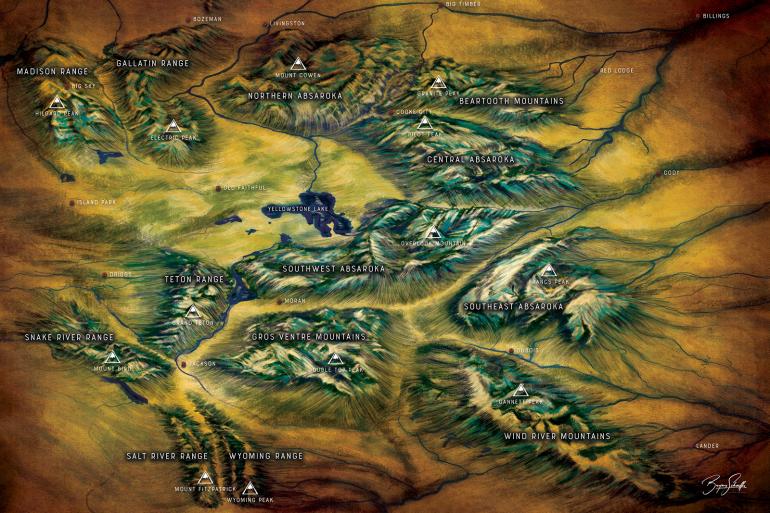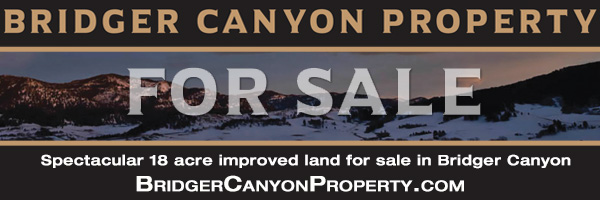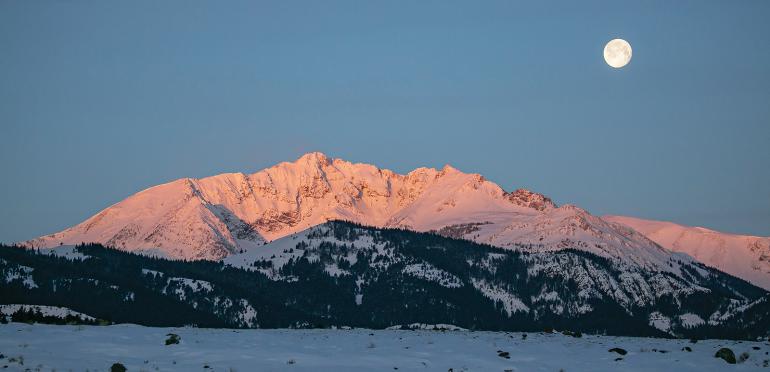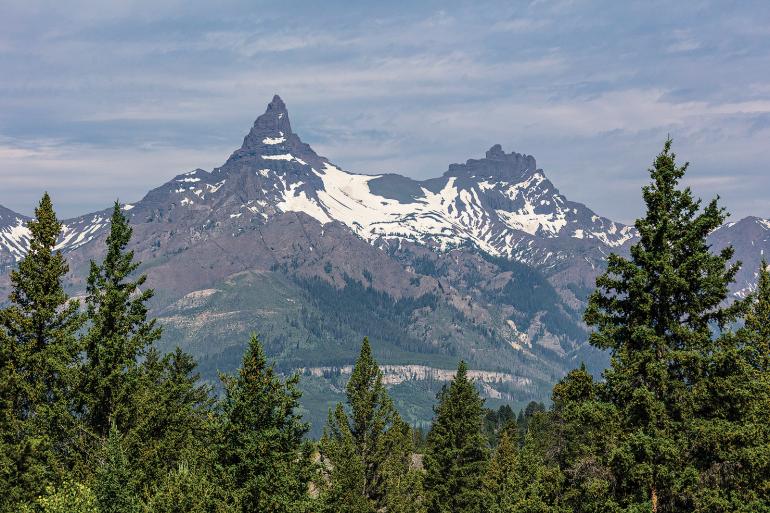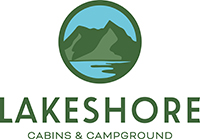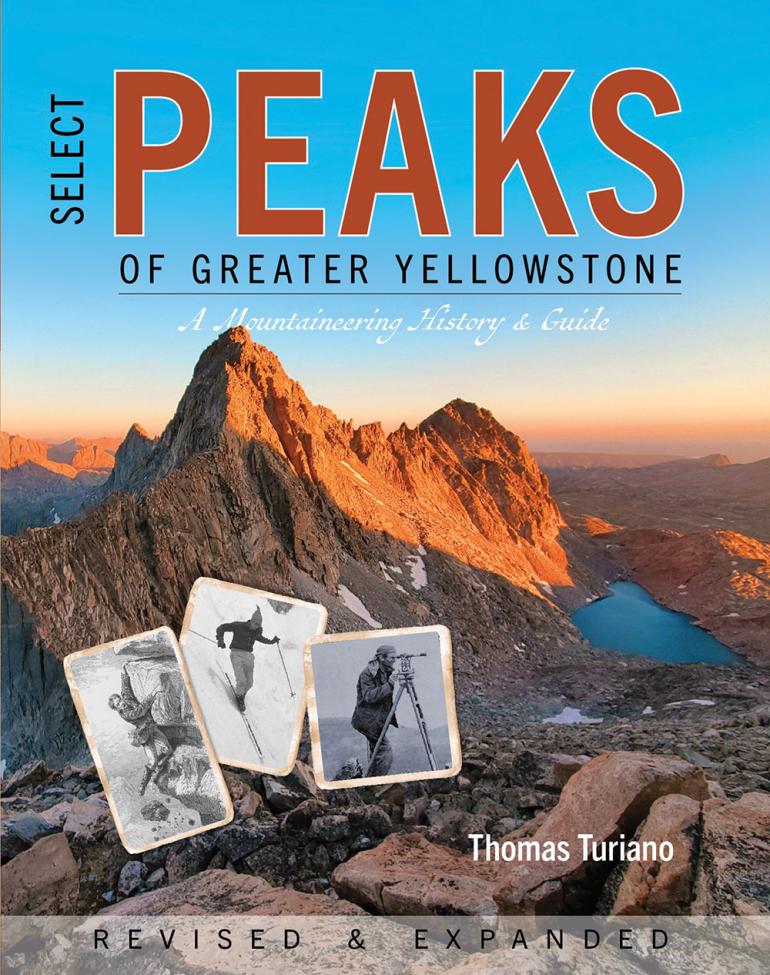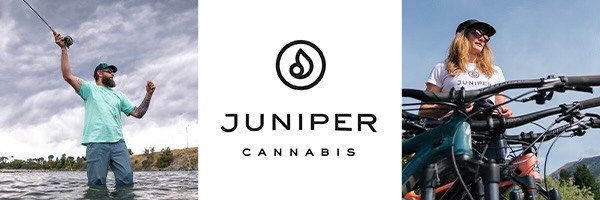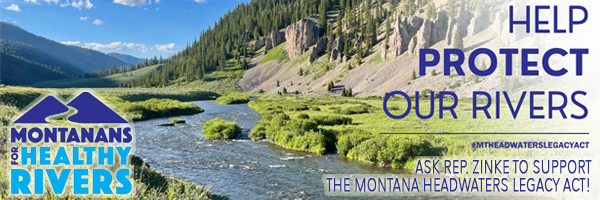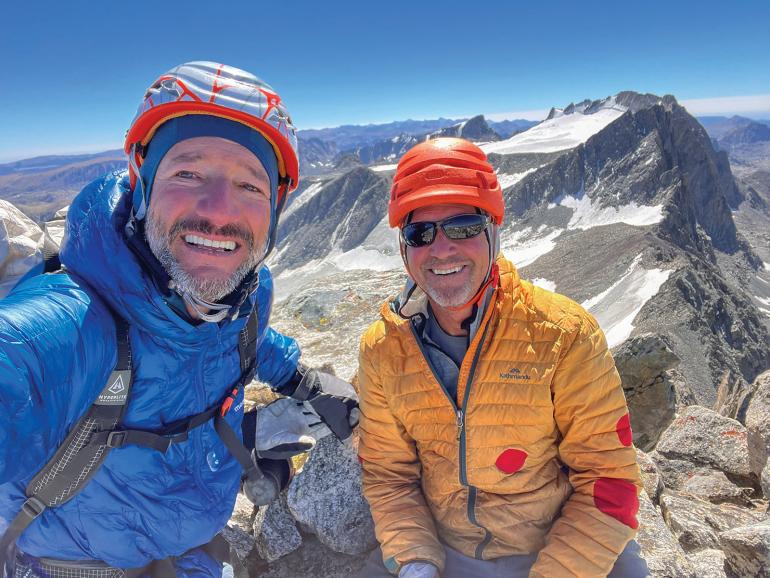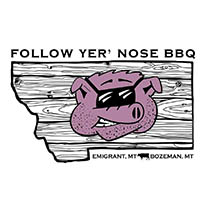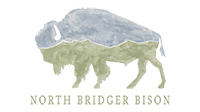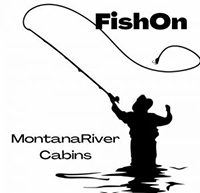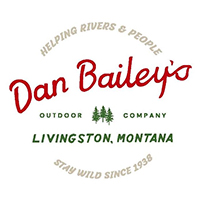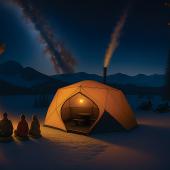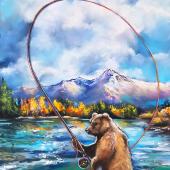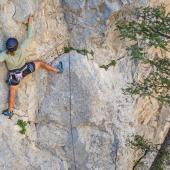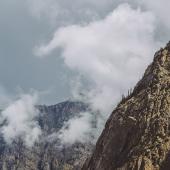Peak Mentality
Fifteen years after going out of print, Select Peaks of Greater Yellowstone is back—and it’s even better than before.
It was 20 years ago now that an unusual book about local mountain ranges made its debut. While some guides are small enough to tote in your pocket, and almost all of them keep some bottom-line of portability in mind, Select Peaks of Greater Yellowstone was a 3.25-pound opus, better suited to the coffee table than the trailside. What author Thomas Turiano gave up in brevity he gained in thoroughness, however, and across more than 500, ten-inch-tall pages, he managed to portray a truly vast and spell-binding sense of place.
Then, in 2008, Select Peaks went out of print. Any other guide would’ve been replaced or forgotten several times over during the intervening years. Select Peaks, however, demonstrated an almost alchemical ability to transform time and obscurity into a coveted aura of mystery and wisdom. Used copies have been fetching hundreds of dollars on Amazon for over a decade, and Turiano’s route descriptions are cribbed all over the internet.
But this autumn, for the first time in 15 years, anybody who wanted to could walk into a bookstore and pluck a copy of the Greater Yellowstone Ecosystem’s (GYE) long-lost mountain bible off the shelf. An extensively revised and updated edition, no less. What do new readers have in store, what has changed, and why did we have to wait so long? Here are some answers from Turiano himself.
Todd Burritt: Let’s start with the first edition of Select Peaks. Is it just me, or is this an original take on the mountain guide?
Thomas Turiano: The intent was never for the book to be any sort of field guide. The magic of climbing happens between the moment of inspiration and the moment the destination is reached. I didn’t want to ruin that for my readers. I wanted people to still need to study maps, look at and understand topography, and guide themselves from couch to summit. I hoped the book would inspire people to expand their regional knowledge, mountaineering skill, and level of personal responsibility for place. And, in the bigger picture, I wanted to teach people to experience Greater Yellowstone’s mountains as more than just piles of dirt and rocks.
TB: Were there other books or authors that inspired you to create this sort of hybrid guidebook/reference/treatise on place?
TT: Thankfully, the GYE has a long lineage of authors who have produced books offering much more than just route descriptions. They are the ones that inspired me to dig deeper: Fritiof Fryxell, Leigh Ortenburger, Orrin and Lorraine Bonney, Renny Jackson, Joe Kelsey, Ron Brunckhorst. And Fred Beckey, for his Cascade Alpine Guide series.
TB: What prompted the new edition?
TT: When the first edition of Select Peaks came out in 2003, there were 22 peaks out of the 107 that I had not climbed. The resulting shortcomings drove my desire to someday finish climbing all 107 peaks, and then revise the book. When I began the revision project in 2017, I just wanted to fix the errors, update, and delete the outdated parts I didn’t like, and get the book back out there as soon as possible. But simple ideas like that rarely seem to work for me. I added 19 “Deeper Dive” sections in which I delve into specific characters, controversies, and histories. Then, as I reviewed hundreds of notes and emails that I had received from readers during the last 20 years, it was very clear that all 107 peaks would need a complete rewriting!
TB: What changes have you seen in this area over the last 20 years, and how did they influence the second edition of Select Peaks?
TT: I had a statement about the visibility of geological changes over time in the first edition, something to the effect of: as long as mankind is on this planet, the mountains will always look pretty much the same. How wrong I was! In just the last 20 years, I have seen major changes in the mountain landscape, both micro and macro, apparently from a warming climate: wildfire, vegetation, landslides, rockfall, glacier recession, flash floods, erosion, etc. Throughout the second edition, I point out how such changes on each peak might affect mountaineering there.
The biggest cultural change I have seen has to do with volume and speed. There are so many more people going faster and faster, both on foot and with various types of vehicles. From what I have seen, modern super-human mountaineering is broadly attended with an ethic that places connection with, and protection of, wild nature above all else. In the second edition, I have made a big effort to feature athletes that are covering a lot of ground, and climbing a lot of peaks, throughout Greater Yellowstone, in amazingly short time periods and with responsible influence.
TB: Backcountry information is a double-edged sword: it can serve to both popularize and protect. How does Select Peaks strike a balance?
TT: When I originally conceived the idea of Select Peaks, I don’t think I had any inkling about the great degree to which mountain recreation would grow in the decades to follow. I thought if I could establish a record of how these areas were historically explored with a sense of wonder and respect, and lay down a few modern-day minimum-impact ground rules, that I could influence user behaviors within any slight influx of new use my books might create. Whatever message I hoped to instill then blurred and diluted with the dawn of the internet in the early 2000s. Information was suddenly everywhere and came in all forms. There was no longer consistent messaging guiding behavior as people flocked to wild places. Today, even with such scattered messaging, I believe writers and journalists still have the ability and responsibility to influence how the backcountry is used, despite the coming and going of vast amounts of info and opinions on the internet. Because they are real and long-lasting, books and magazines seem to carry more weight than internet postings. With the new edition of Select Peaks, I took this calling quite seriously and tried, without preaching, to point out where users could take extra steps to maintain wildness.
TB: How did the internet factor into your revision process?
TT: When I wrote the first edition of Select Peaks, the internet was barely useful as a research tool yet. Most of the documents referenced in the book were obtained through person-to-person correspondence, and ordering or shipping hard copies by mail. That of course had all changed when I started working on the second edition. There was so much more information to sift through, and all of it very quickly available on the internet. Online trip reports helped me understand the approaches and ascents from other perspectives. As did the USGS’s newly digitized Geographic Names Information System. I had hoped to keep the second edition to around the same size as the first edition (512 pages). The final count is 630.
TB: With all the route information freely available on the internet, how do you see the role of the guidebook today?
TT: I often wonder about that question. But instead of giving up and pursuing other projects, this threat has driven me to produce a product that I think surpasses the information available online. And judging by recent pre-orders and early sales for regional guides, it is clear that people still want books. Not only do they want something to hold in hand, they also value scholarship.
TB: Any changes to which peaks are considered “Select”?
TT: There are, of course, hundreds of other Greater Yellowstone peaks worthy of “Select” status. But the main purpose of this second edition project is to get the stories of the 107 original peaks as accurate as possible.
TB: These 107 peaks have become more than just a list. More like a journey.
TT: My original idea behind climbing all 107 peaks was that I would achieve some idealized plateau of understanding and knowledge about the GYE. If I didn’t climb them all, I believed, I would never reach that level of understanding. So, during the last 20 years, I climbed peak after peak, the next goal coming into focus after each success.
Battlement and Closed mountains—two big, remote, Absaroka summits—were major hurdles in 2020 and 2021. But the biggest challenges for me were the final two, both of them in Greater Yellowstone’s highest range: the Wind Rivers. As I have aged, going over 11,500 feet has become more difficult, downright uncomfortable. I had begun to think that maybe I would never climb them all. So, as my work on the book revision came to a close early this summer, Lizard Head and Mount Helen remained unclimbed.
The key was going with partners who were aware of my weakness at altitude and who would keep their eyes on me. It worked on Lizard Head in early August and I quickly updated that route description before the book went to press. Finally, on August 31, Forrest McCarthy ushered me to the top of Mount Helen at 13,620 feet, and my 107th Select Peak! Helen did not yield easily, as we clawed our way up its terrible loose rock gullies, tricky exposed scrambling near the summit, and tiring toe-in descent down Sacagawea Glacier. Although I was not able to update my Mount Helen text before press time with my findings, I had achieved a lifelong goal, and learned a lot about myself and this amazing ecosystem. I can say now, though, that my efforts on the peaks and with the book only scratch the surface of what’s out there, and that I achieved no heavenly level of understanding about the ecosystem. It’s endless. But it is super exciting and heartening to see how the next generations of mountaineers, athletes, researchers, writers, scientists, conservationists, activists, and even land managers are exploring, studying, and protecting Greater Yellowstone.

